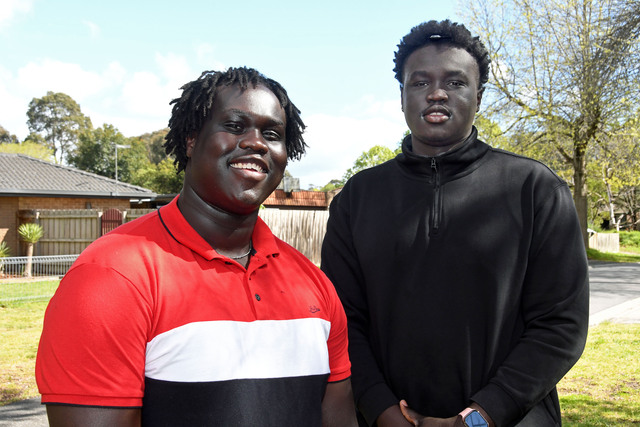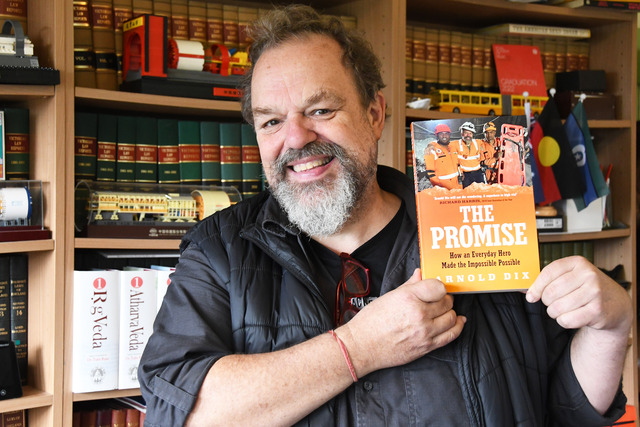By CAM LUCADOU-WELLS
THE sad thing about preventable blindness is that so few of its victims see it coming.
For many of Greater Dandenong’s at-risk residents, there are no early symptoms.
The problems however can be detected early by eye examinations – which often can be claimed on a Medicare rebate. In 75 per cent of cases, early detection leads to prevention and effective treatment.
A state eye-health initiative Vision 2020 is set to be rolled out in the council area where one in four adults have never had an eye test.
Its culturally diverse communities are also often under-represented in screening.
Greater Dandenong’s higher-than-average diabetes rate and significant Indigenous population also puts it in a higher risk category
Health Minister Jill Hennessy said at the launch in Dandenong on Thursday 31 March that early prevention and protection were the “holy grail” of health outcomes.
“To think we’re missing the vital opportunities available to us, that people are suffering the burden of vision loss and vision illness … we can’t tolerate.”
Vision 2020 initiative manager Dee Tumino said most people didn’t notice the signs of vision loss because it happened so slowly.
It can be prevented by lifestyle change, such as controlling glucose levels, giving up smoking and wearing sunglasses and wide-brimmed hats, Ms Tumino said.
According to Vision 2020, more than 200,000 Victorians over 40 will suffer vision loss by 2020, whether through uncorrected refractive error, cataracts, macular degeneration, glaucoma or diabetes-linked retinopathy.
Most at risk are those above 40, with relevant family history, who have diabetes, who are smokers and are of Aboriginal and Torres Strait Islander descent.
Over the next three years, the Vision 2020 will spread the message in Greater Dandenong, train health professionals, aged care and community care workers and distribute eye health kits to pharmacists and GPs.
It follows successful pilot projects elsewhere in the state between 2012 and 2015.
Vision 2020 Australia chief executive Jennifer Gersbeck said better identification and referral of at-risk people would help prevent avoidable blindness.
“A better educated and informed health workforce can help achieve improved patient outcomes.
“With our ageing population, eye health needs to be a health priority for all Victorians.”







